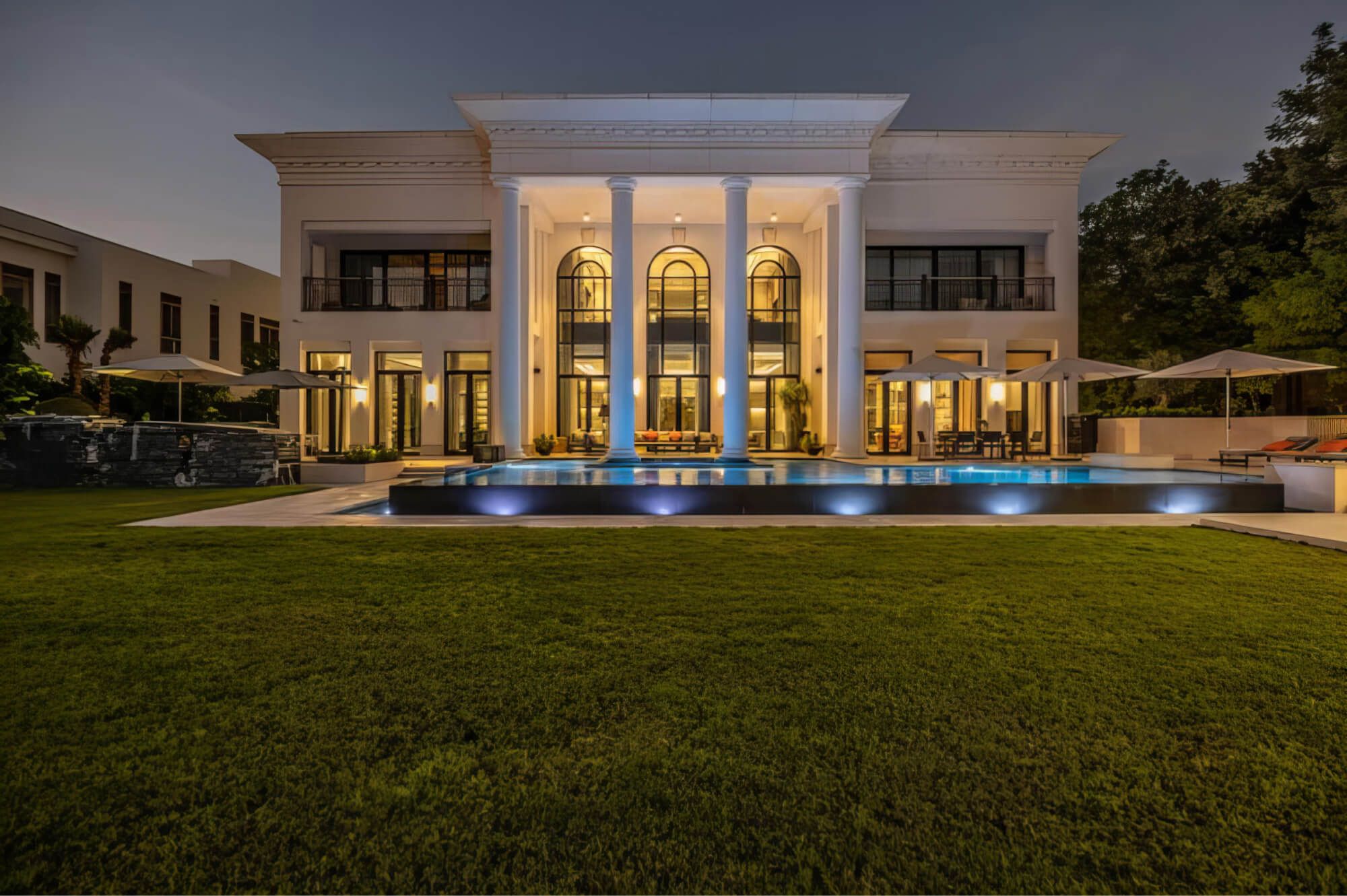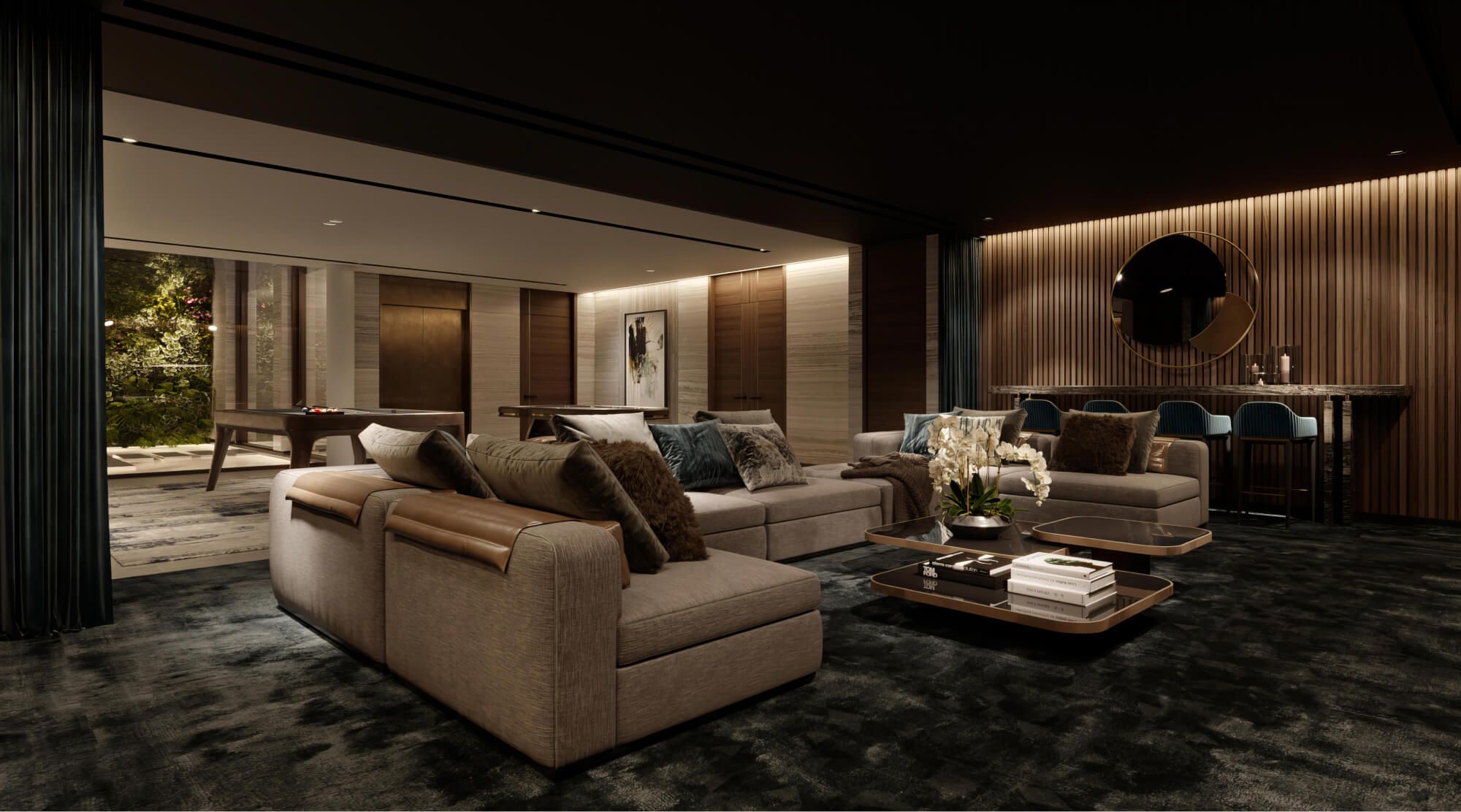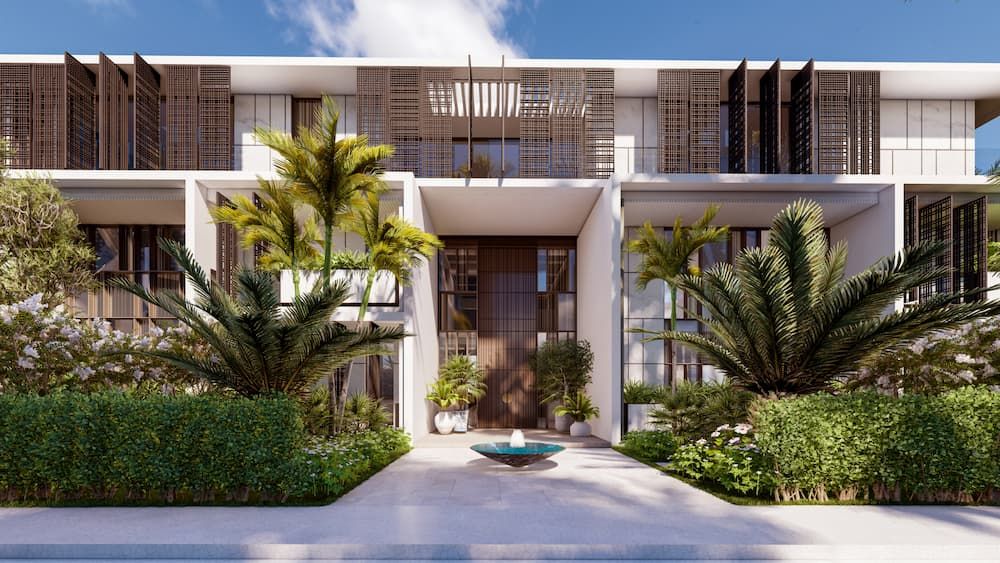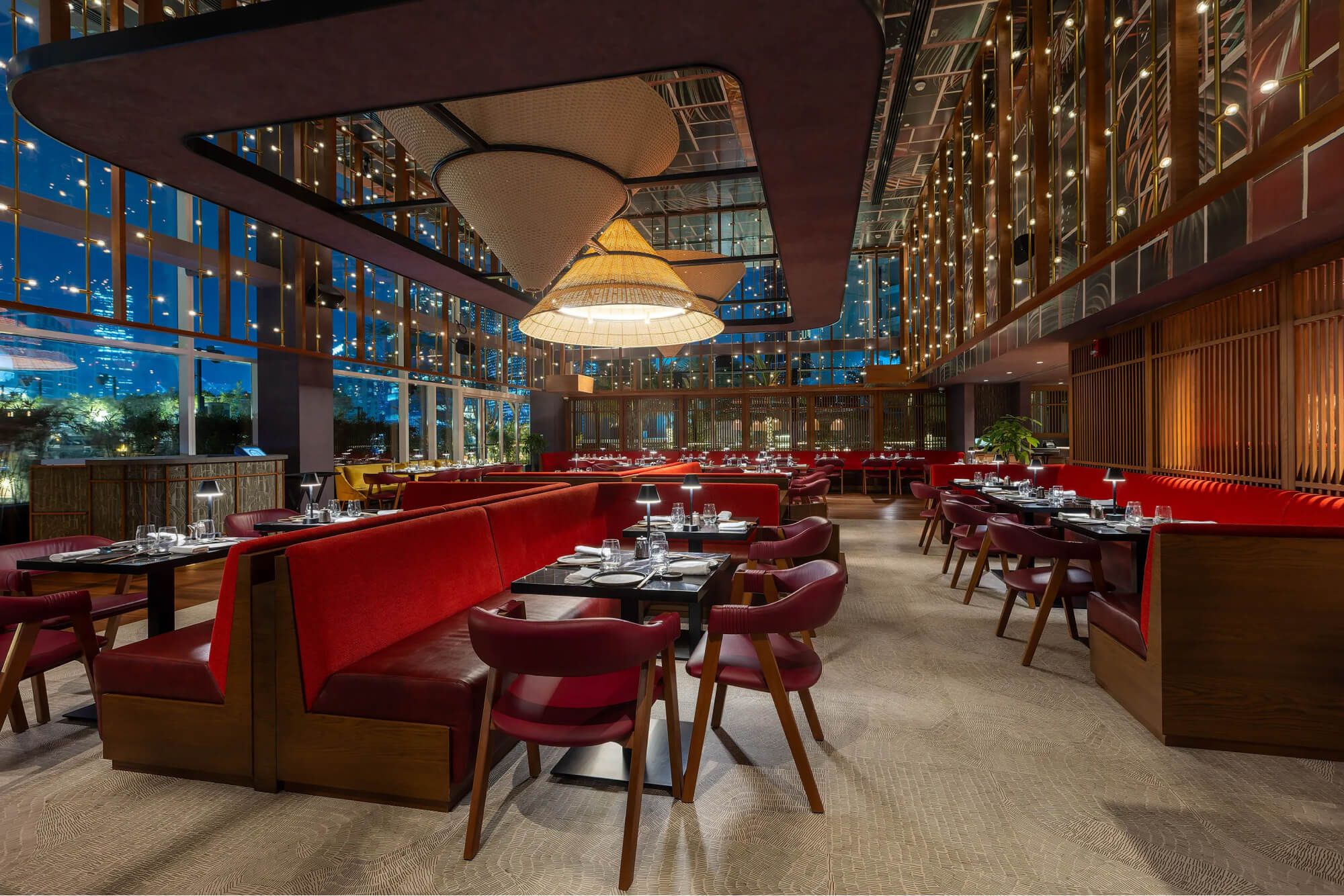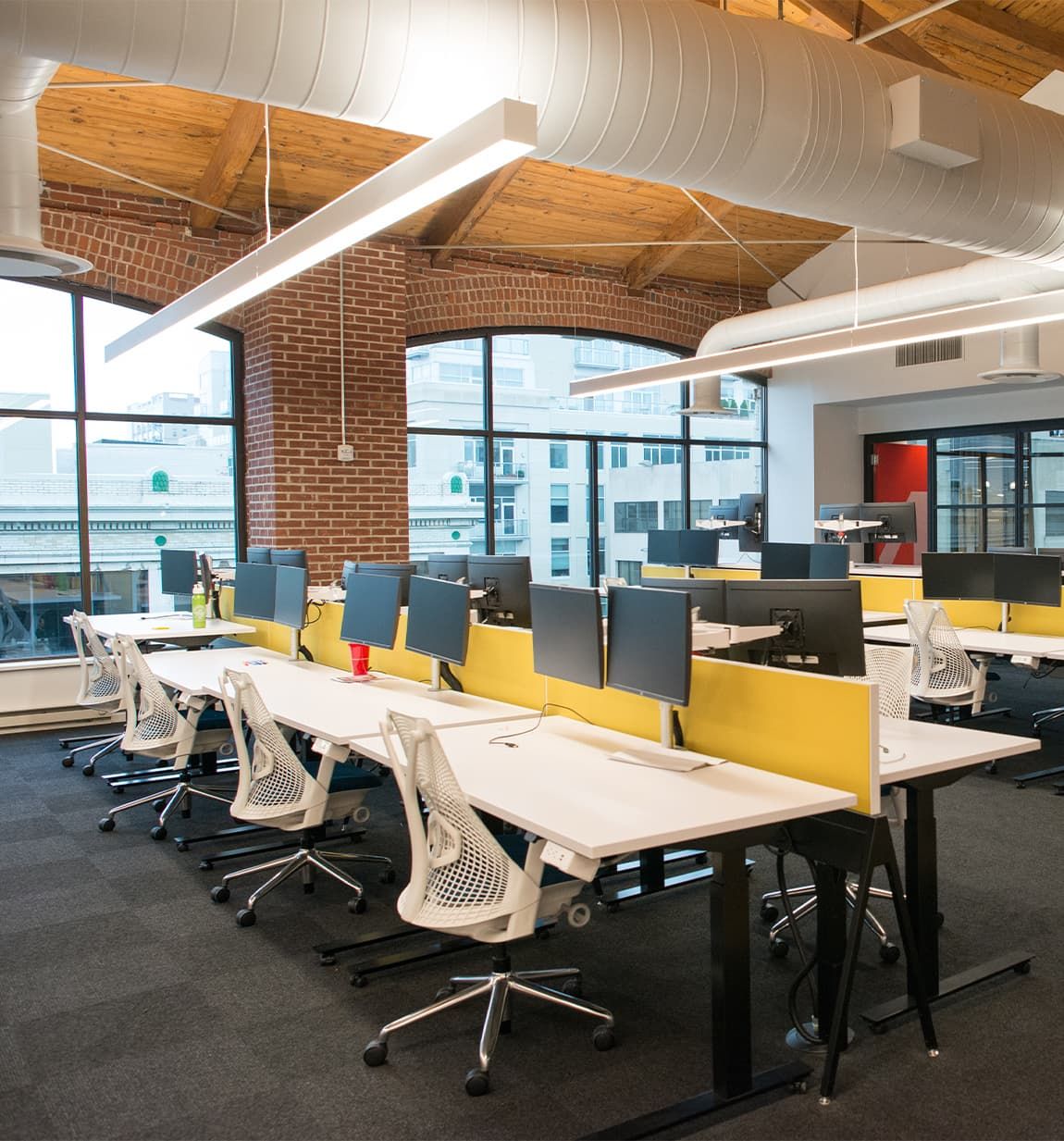“Construction is not merely about erecting structures; it's about weaving sustainability into the very fabric of our environment. As we build, let's remember: every nail, every board, carries the weight of our planet's future.”
Introduction
As concerns about climate change and environmental degradation continue to grow, the demand for greener buildings has skyrocketed. To meet these demands, construction consultants must stay updated on the evolution of green building standards. In this blog, we will delve into the latest developments in green building standards in 2024, providing valuable insights for construction consultancy.
What Makes Green Buildings Important for Our Planet?
Green building standards have come a long way since their inception. Initially, green building was such a niche concept, but it has now entered the stream of public conscience. Governments, businesses, and consumers are increasingly recognising the importance of sustainable construction practices. This shift has been driven by various factors, including environmental concerns, energy efficiency goals, and the desire for healthier indoor environments due to the worsening climate impact.
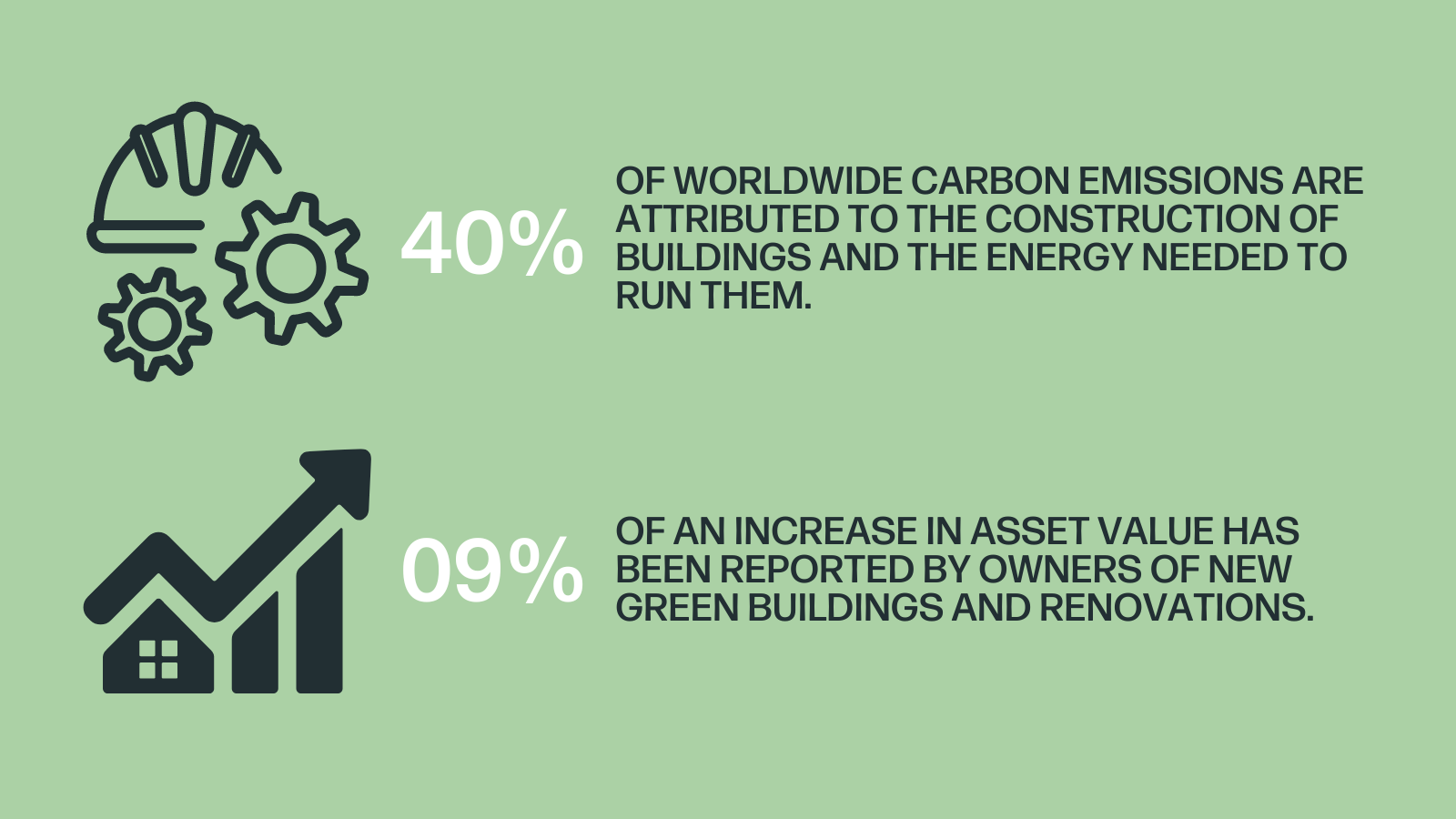
Source - Green Building Statistics (2024) (rubyhome.com)
What Role Do Green Building Certifications Play?
Green building certification systems are on the driving seat of the green building movement. These systems are frameworks for assessing and certifying a buildings sustainability. Examples of leading certification systems are LEED (Leadership in Energy and Environmental Design), BREEAM (Building Research Establishment Environmental Assessment Method), and ESTIDAMA in the Middle East.
LEED (Leadership in Energy and Environmental Design)
LEED certification, short for Leadership in Energy and Environmental Design, is a prestigious global standard for sustainable buildings. It evaluates structures on energy efficiency, water conservation, and indoor air quality, among other criteria.
It serves as a blueprint for constructing environments that reduce ecological footprints while promoting occupant health. Attaining LEED certification not only signifies a dedication to cutting-edge building practices but also establishes a benchmark for sustainable development for the rest of the world.
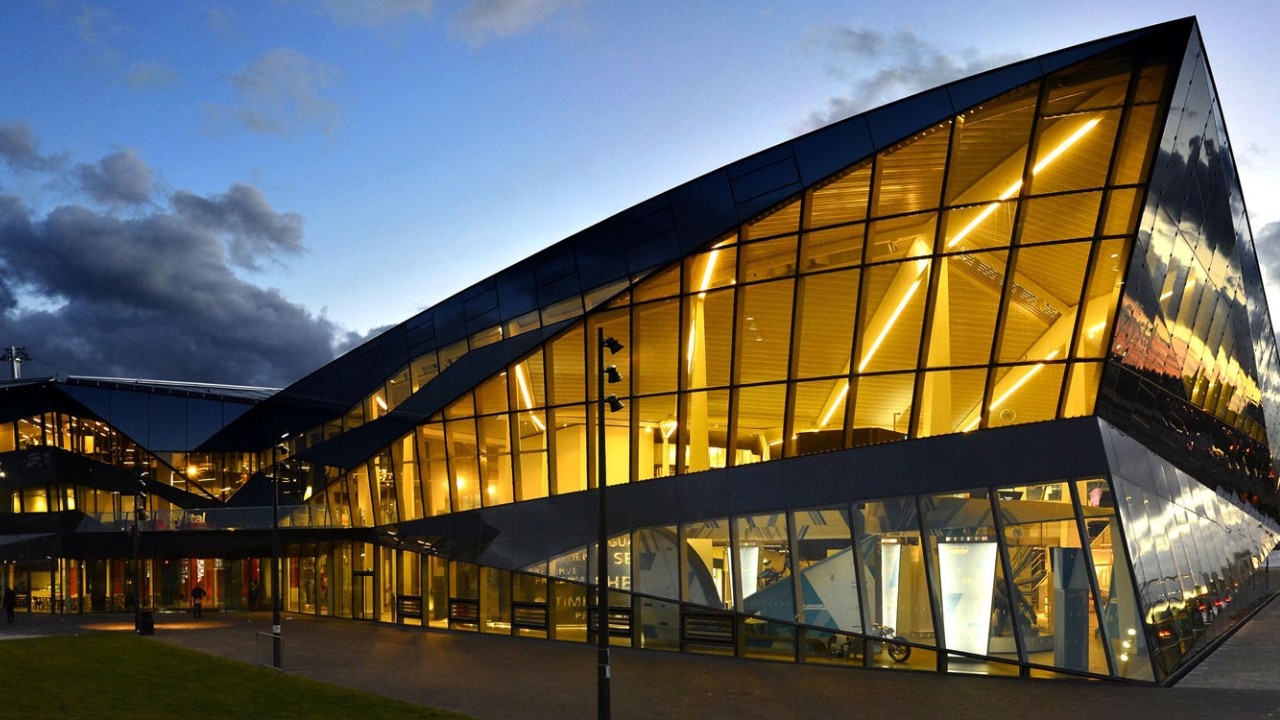
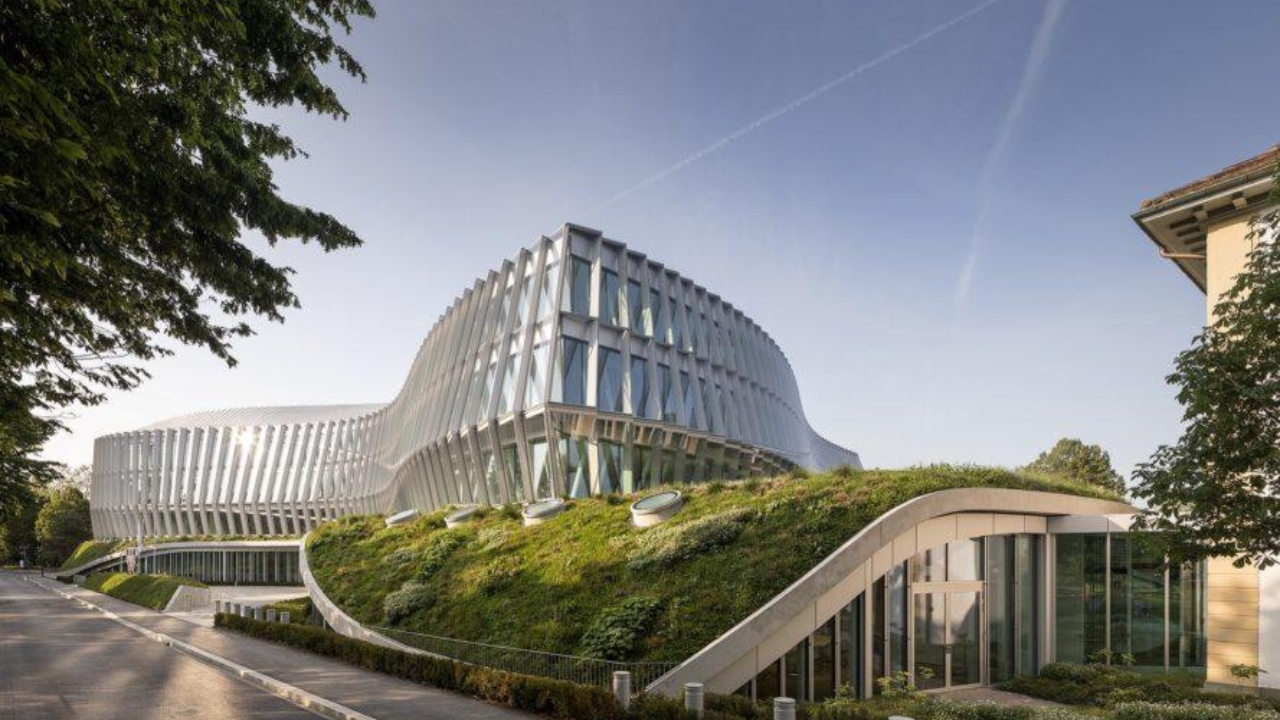
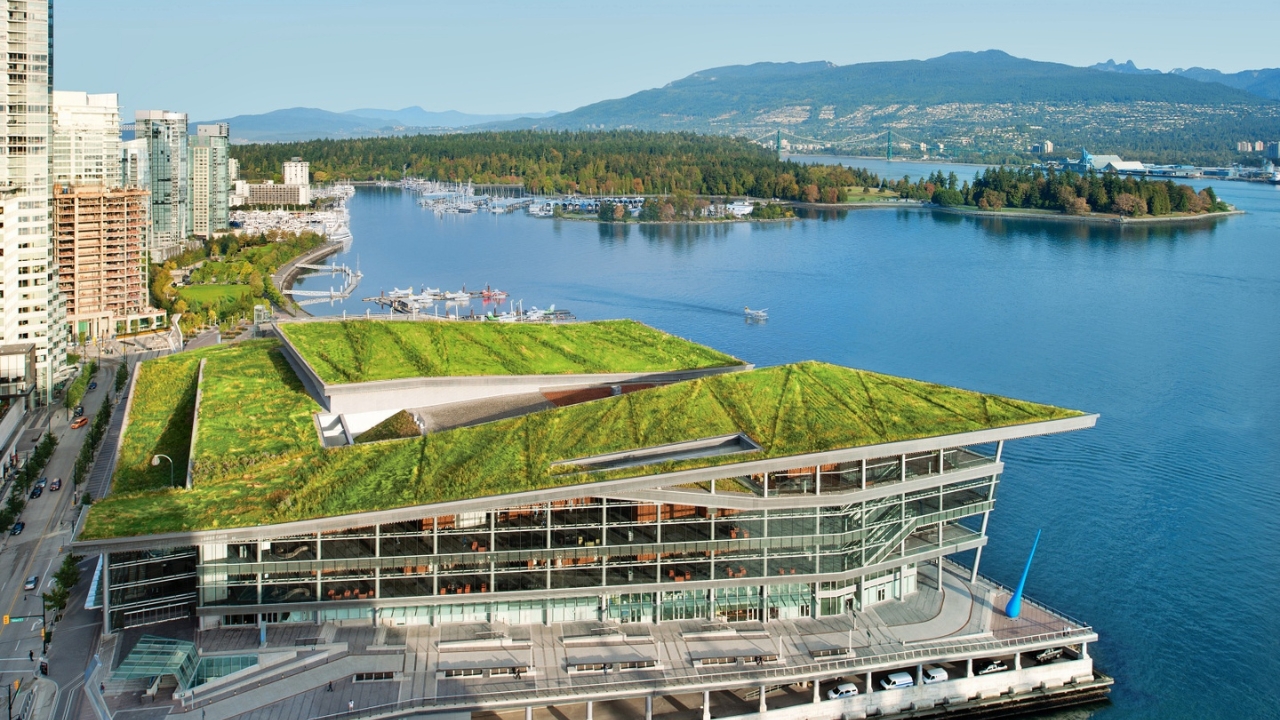
Source – Images from left to right (The Crystal - London, Olympic House - Switzerland, Vancouver Convention Centre - Canada) from the relevant websites.
LEED Global Ranking by Country and region
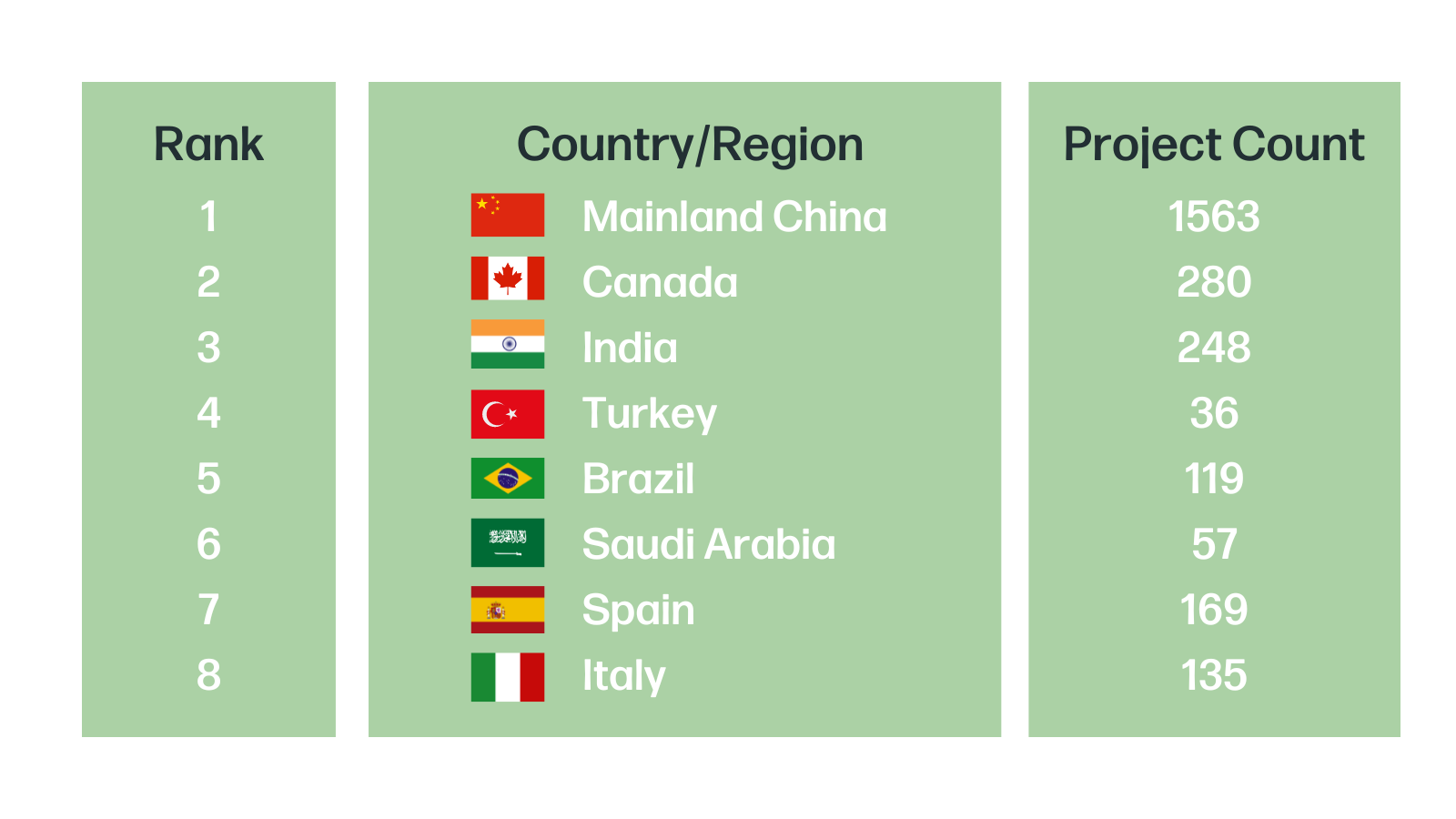
Source - https://www.usgbc.org/articles/top-10-countries-leed-2023-demonstrate-green-building-movement-truly-global
BREEAM (Building Research Establishment Environmental Assessment Method)
BREEAM (Building Research Establishment Environmental Assessment Method) is a leading sustainability assessment method for buildings, setting the standard for environmental performance in the UK and beyond. Developed by the Building Research Establishment (BRE), BREEAM evaluates buildings based on criteria like energy use, water management, and ecological impact.
It provides a comprehensive framework to enhance building sustainability, from design through to operation, ensuring structures are not only environmentally friendly but also healthier and more efficient for its occupants. The BREEAM rating certification serves as a hallmark of responsible construction practices and a commitment to reducing carbon footprints, this makes it quite the pivotal tool in achieving sustainable development goals globally.
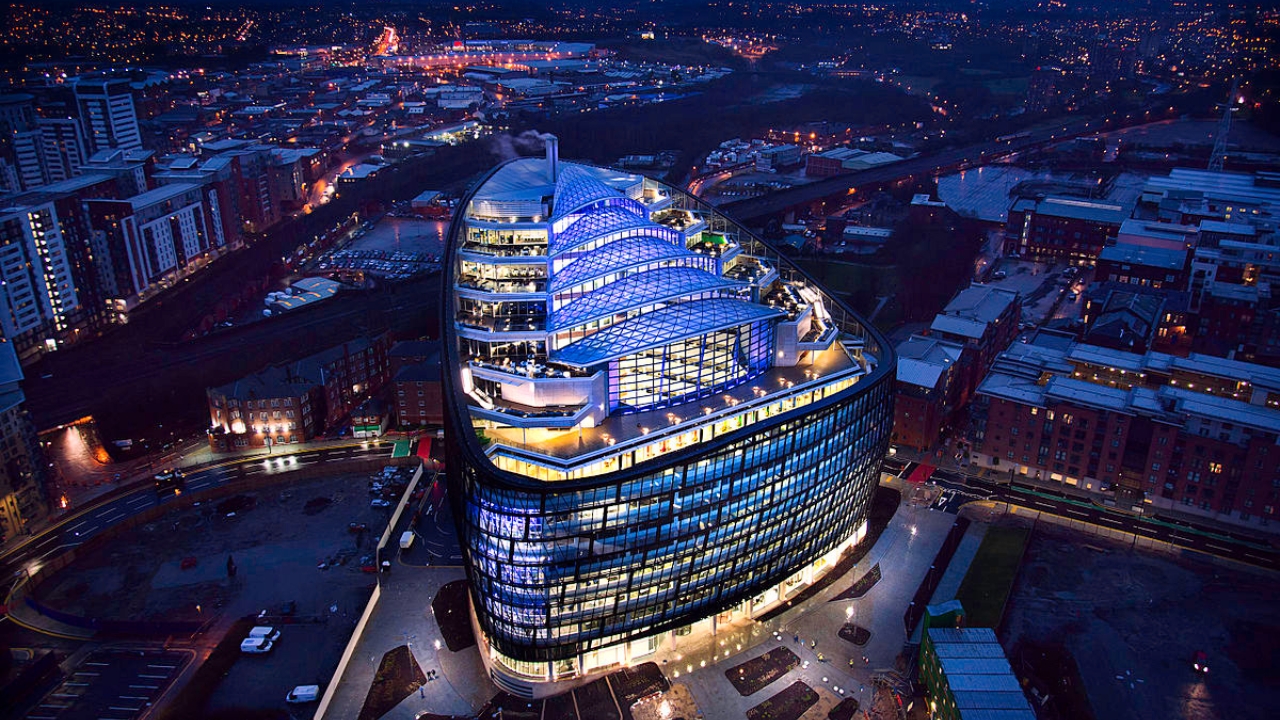
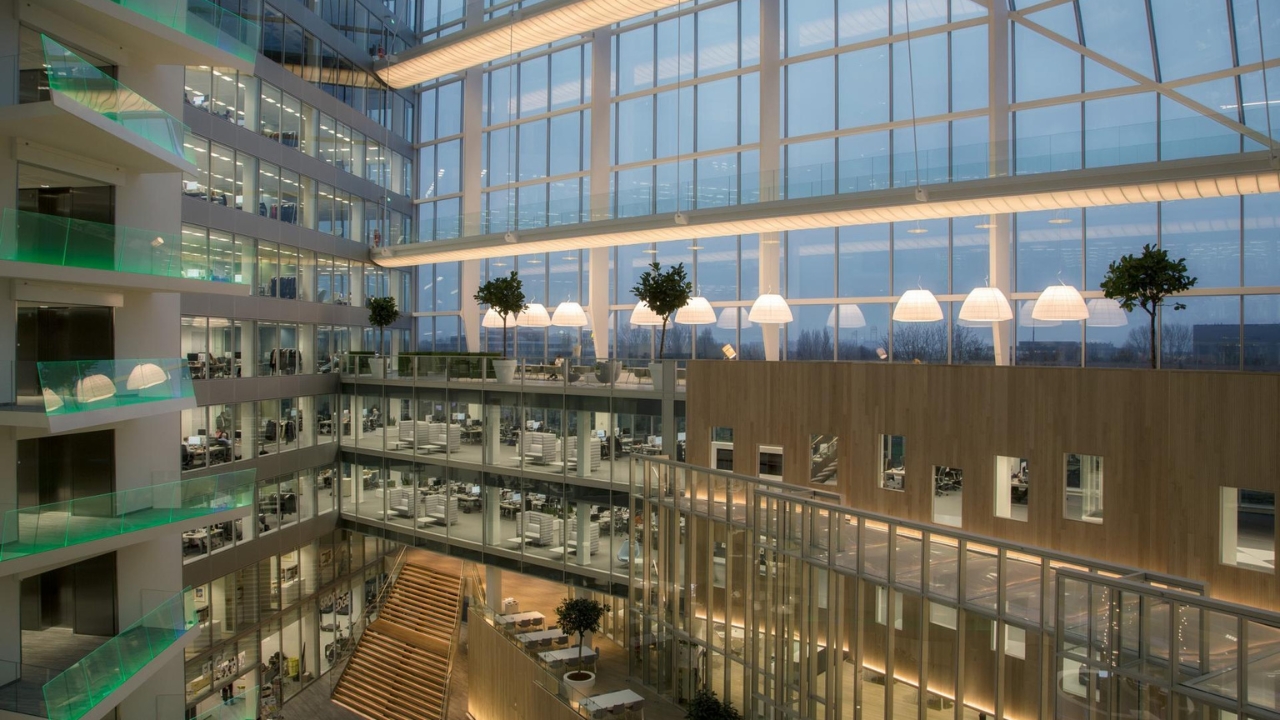
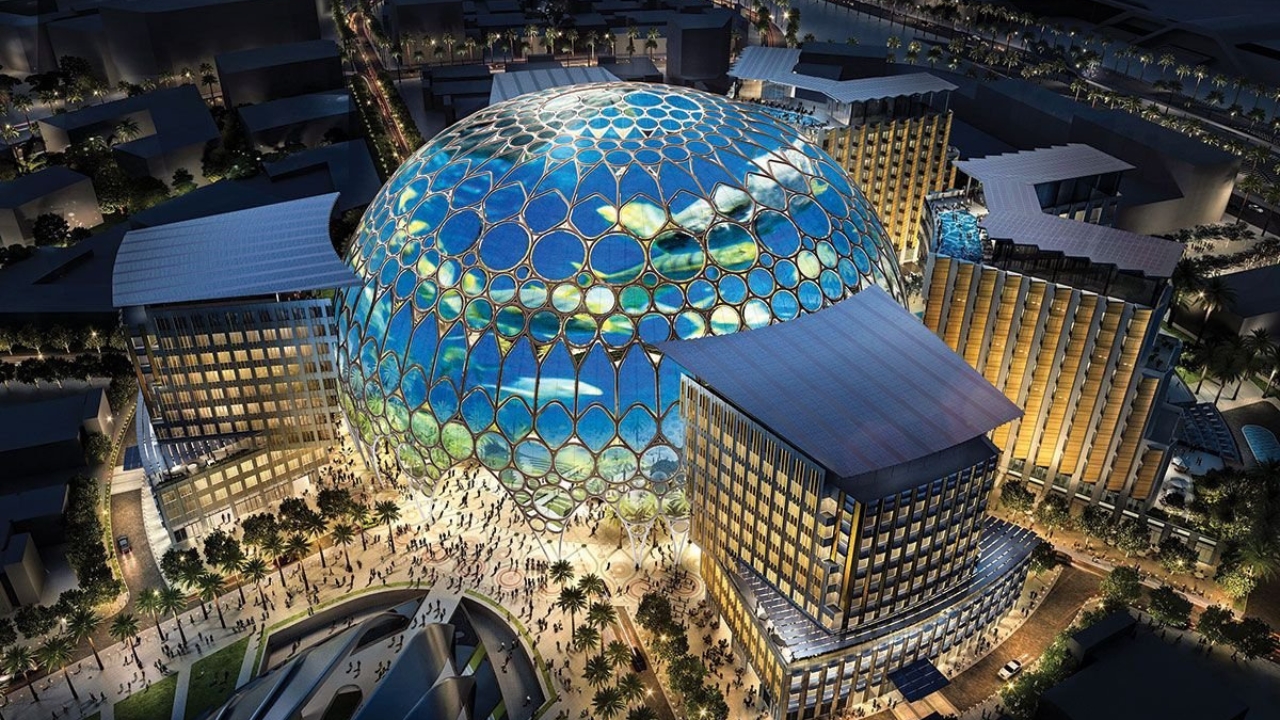
Source – Images from left to right (One Angel Square - Manchester, The Edge - Amsterdam, Expo 2020 - Dubai) from the relevant websites.
ESTIDAMA
ESTIDAMA, meaning 'Sustainability' in Arabic, goes beyond mere compliance; it is not a rating system but its sets a gold standard for environmentally responsible building practices. It primarily applies to projects within the United Arab Emirates (UAE), specifically Abu Dhabi.
For construction consultants in Dubai, ESTIDAMA provides a roadmap towards a greener UAE. By integrating principles such as energy efficiency, water conservation, and the use of locally sourced materials, projects can achieve high ratings under the Estidama Pearl Rating System it follows. This not only boosts a building's market value but also reflects a dedication to long-term sustainability.
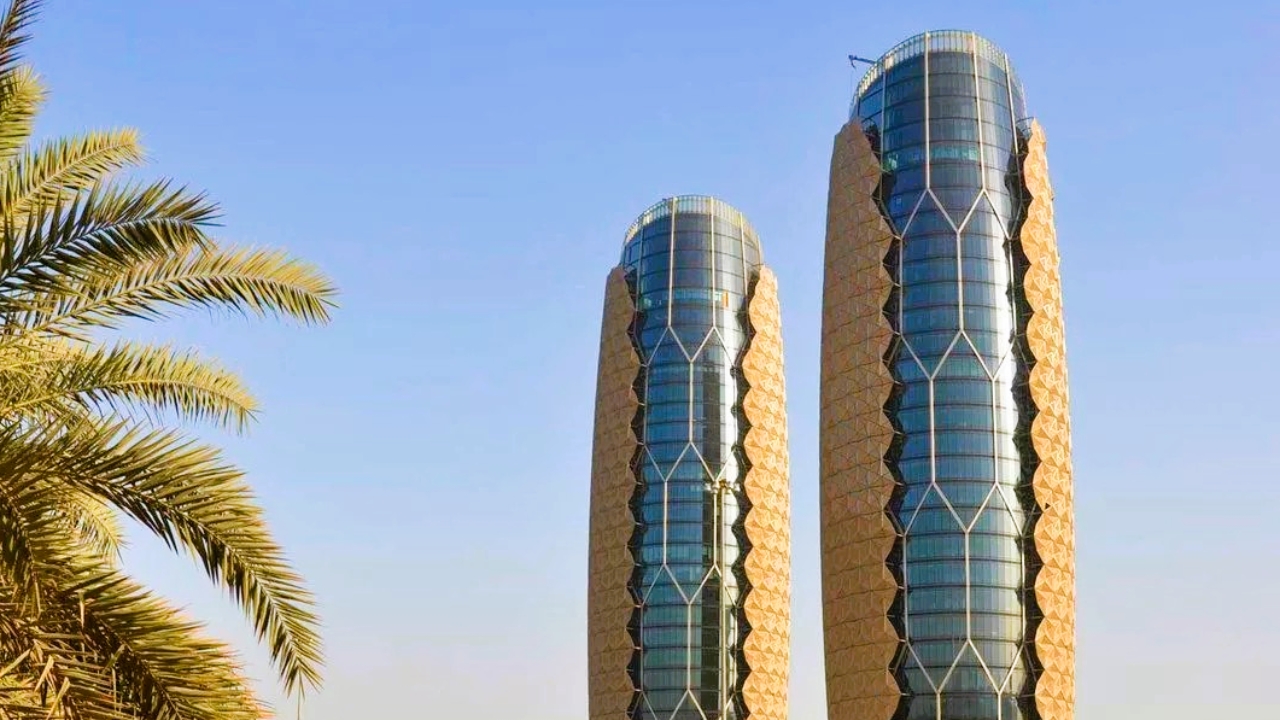
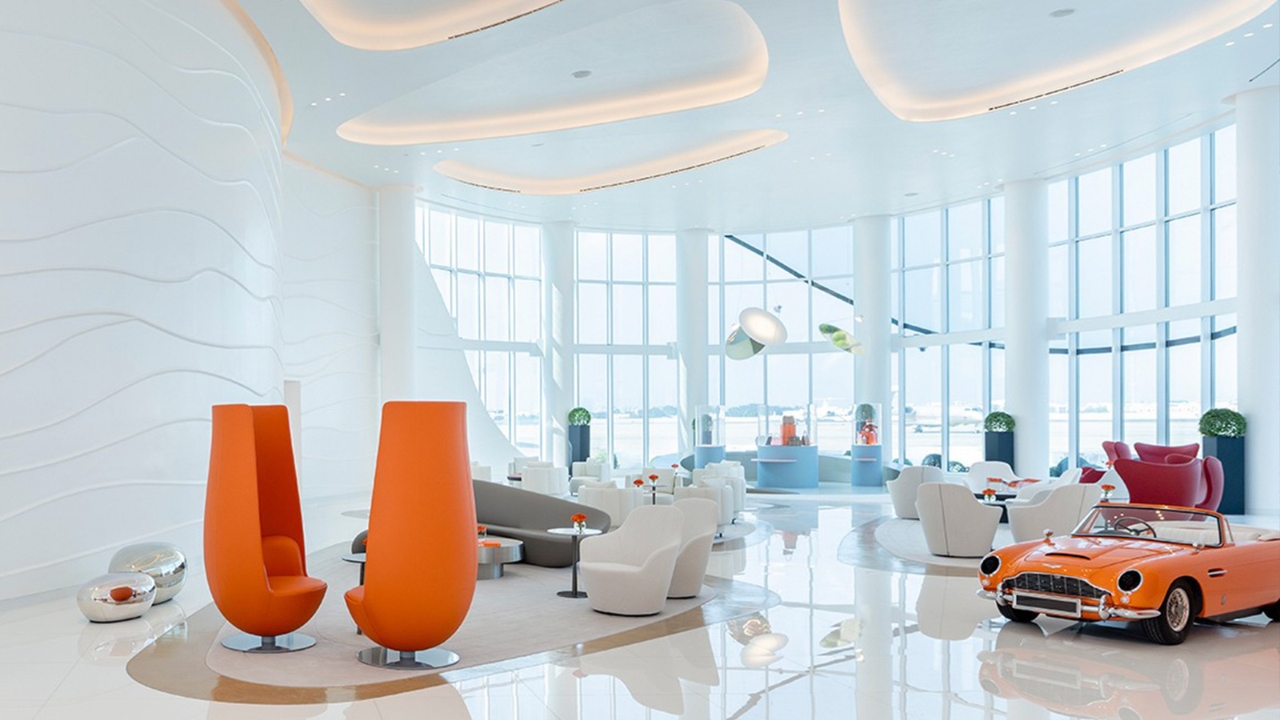
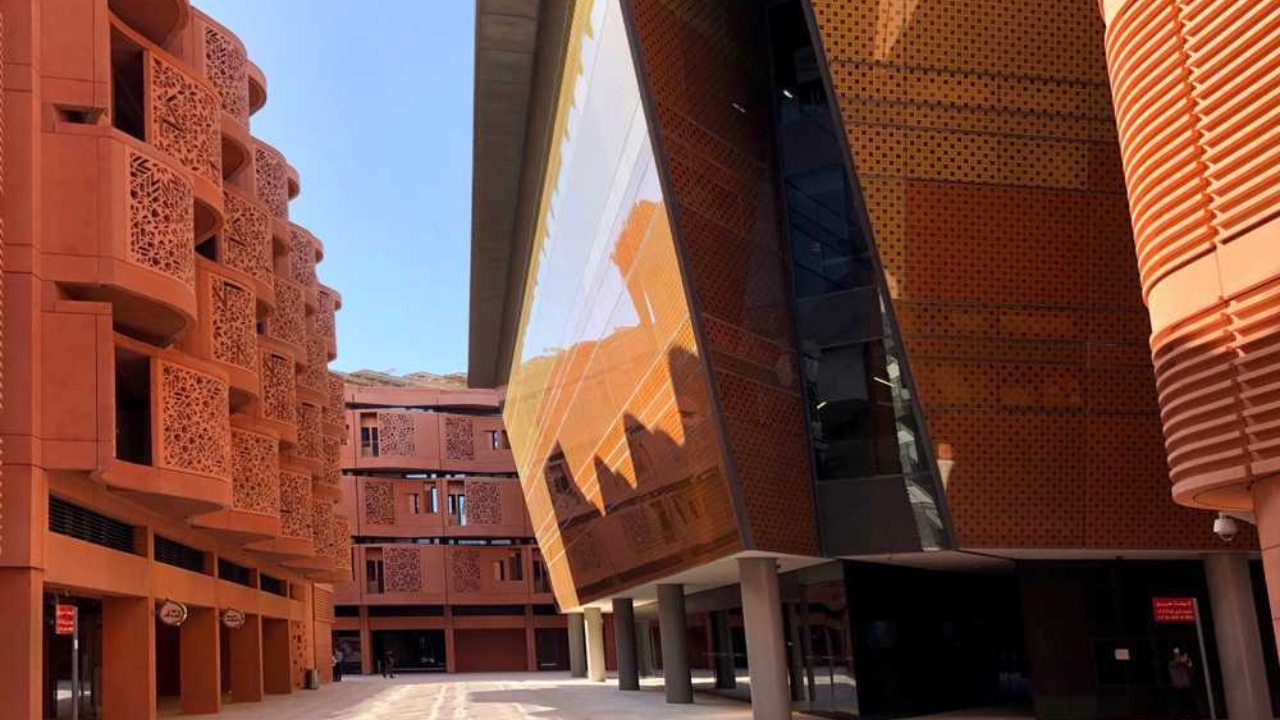
Source – Images from left to right (Al Bahr Towers, JETEX Al Bateen Airport Lounge, Masdar City) from the relevant websites.
The Evolving Landscape in 2024
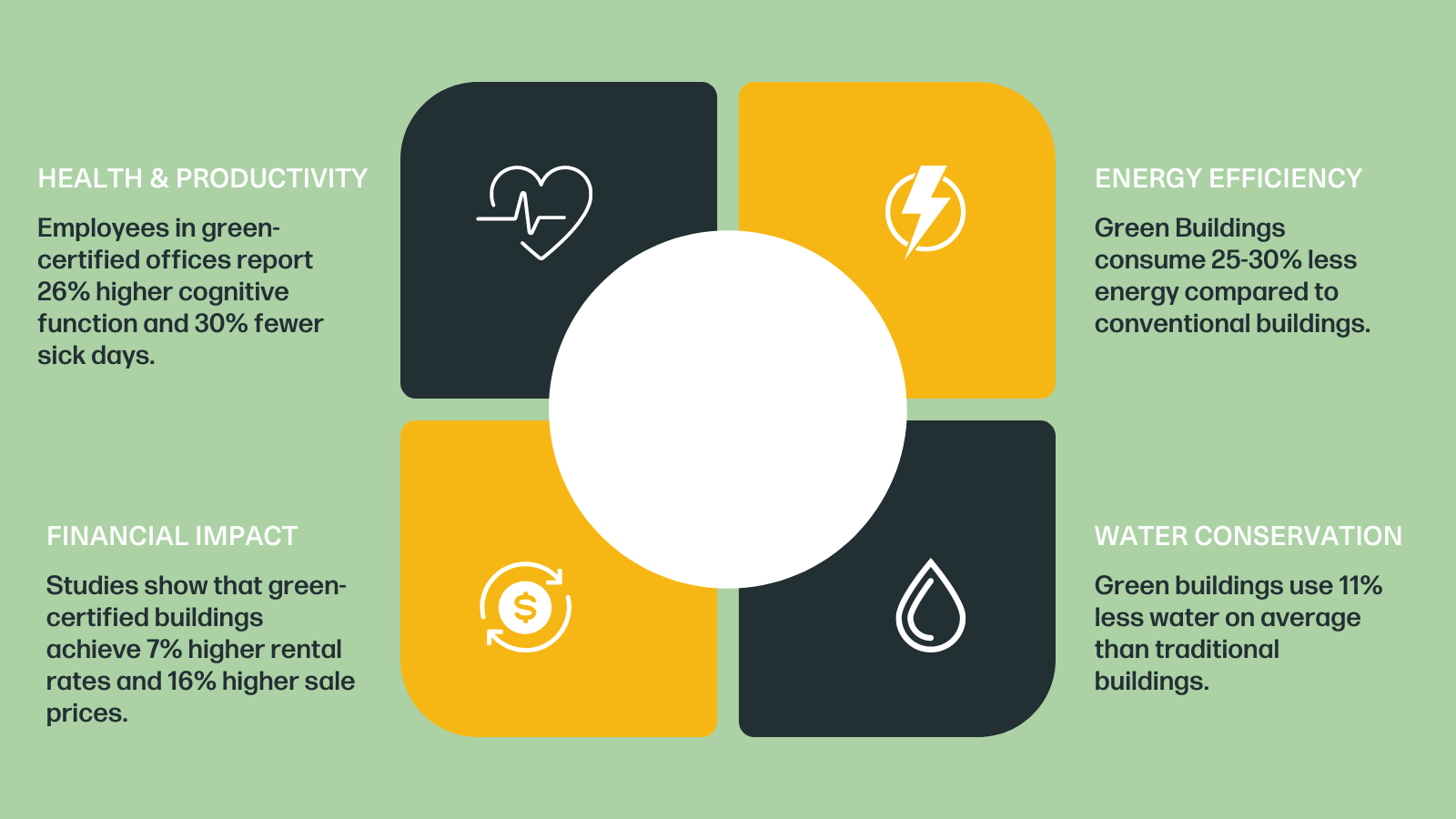
Source - U.S. Green Building Council (USGBC). “LEED in Motion: Residential.” Remember that these statistics may vary based on location, building type, and specific green building practices.
In 2024, we are witnessing several significant trends and developments in green building standards:
Emphasis on Net Zero Building Standards
There is a growing popularity for net zero buildings that produce as much energy as they consume. Green building codes have increasingly concentrated on achieving net zero energy alongside carbon emissions thereby encouraging creativity in energy-efficient designs, integration of renewable supply into the power grids and building automation systems. 1
Circular Economy Goals and Principles
The concept of the circular economy, which aims to minimise waste and maximise resource efficiency, is being embedded into green building standards. This includes strategies such as designing for deconstruction, using recycled materials, and implementing closed-loop water systems. 2
Emphasis on Health and Wellbeing Considerations
More than just being a requisite for the environment and energy efficient, green building standards are now paying greater emphasis on occupant health and well-being. This includes factors illustrated below such as daylighting, natural ventilation, biophilic design, and low-emission materials. 3
Climate Resilience and Adaptation
With the increasing frequency and severity of climate-related disasters, resilience and adaptation have become critical aspects of green building standards. Buildings are being designed to withstand extreme weather events, minimise disruption, and ensure continuity of their essential services. 4
Conclusion
Keeping up with the pace of current green building standards is imperative for construction consultants. Insanely practical information on sustainable construction methodology will enable them to remain on track in respect to the clients’ needs. If consultants utilise sustainable building guidelines with the future in mind, they will be able to stimulate innovation, reduce expenses and enhance the health and wellbeing of the greater community.
About Us
At Stonehaven, we are uniquely positioned to add substantial value in this regard. With our expertise in preparing ahead of industry trends, by partnering with Stonehaven, clients not only meet current innovative standards but also future proof their projects, ensuring long-term sustainability and excellence in their ideas turning into reality.
To learn more about the advancements and challenges in sustainable construction, read our comprehensive report today: Here
Discover key insights into global trends, LEED-certified projects in the Middle East, and strategies for reducing carbon footprints. Join us in shaping a more sustainable future— and explore how innovative practices are transforming the construction industry worldwide. For further details or inquiries, contact us today.
Reference
1: U.S. Green Building Council. (2024). LEED v4.1.
2: How to Build a Circular Economy | Ellen MacArthur Foundation
3: International WELL Building Institute. (2024). The WELL Building Standard.

